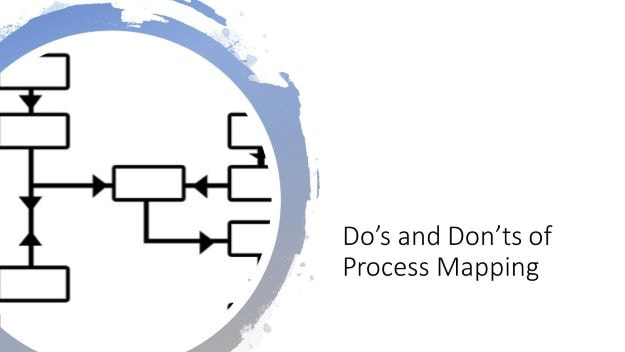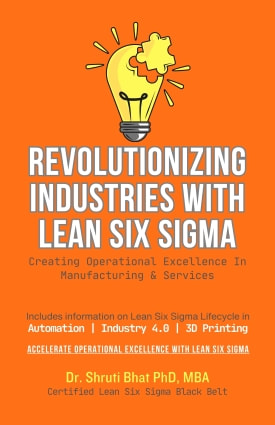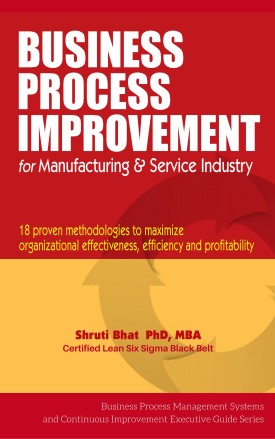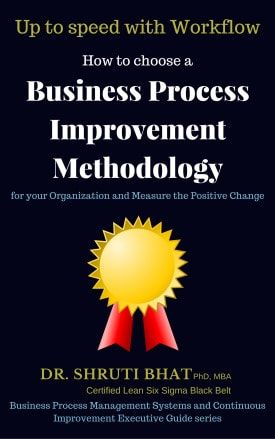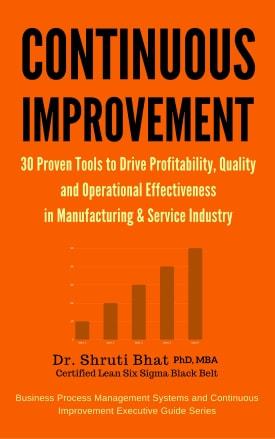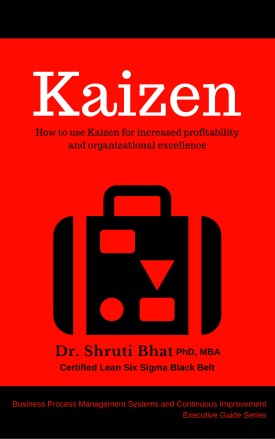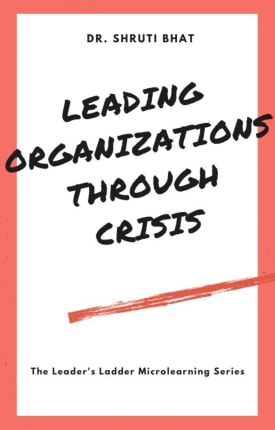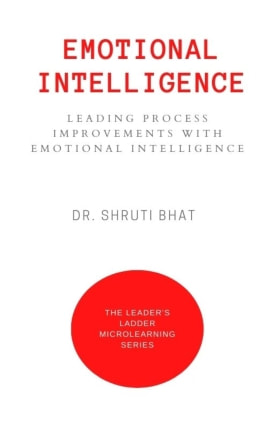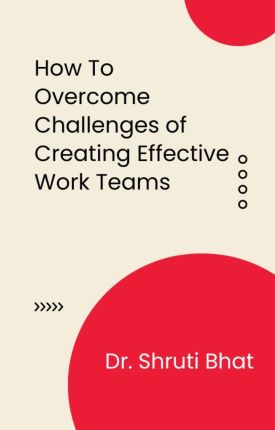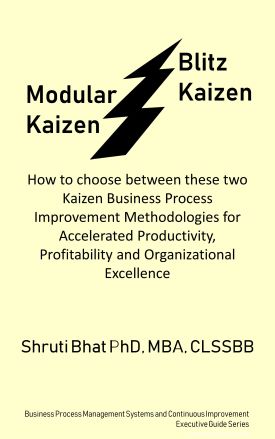The reason we use process mapping is to allow for greater understanding. The way that process maps are displayed makes it easier for those to ask the right questions and to give appropriate suggestions for improvement. Prior to creating a process map, it is necessary to collect and arrange data in a way that can be used.
The advantage of process mapping is that, because it is a visual representation, it is easier to understand details without having to read an excessive amount of words. Even though the same ideas are being displayed, a process map uses far fewer words than a written document would, which ends up saving a lot of time as well. Process mapping also makes it easier to see where there are faults or unnecessary stages in a process.
In order to create a process map the stages of the process need to be clearly outlined in a downward graph. The reason that downwards is preferred over one that works across the page is that it makes it easier to convert at a later time. Once the key steps are determined, the chart is then put into sequence in order of occurrence. Diamond shapes are used for decision-making areas and rectangle shapes are used for specific tasks. Arrows connect the boxes in order to show the flow direction.
Each box, whether it is a task, decision or so on, is then accompanied with a brief description. An optional step is to add numbers to the boxes, which can later be referred to by using a key. If there are decision boxes, diamond-shaped ones, then there will be some branching out of boxes in order to describe what happens depending on the decision that is made. It is common for decision boxes to have ‘yes’ or ‘no’ options, but they can be more intricate as well.
It is necessary to evaluate and have members of the project confirm the accuracy of the map after the process map is created. This will help save time and effort from making changes further down the line. If the process map is one that is proven to work, it is kept for use in the future.
Follow Shruti on Twitter, Facebook, YouTube, LinkedIn
#ContinuousImprovement #BusinessProcessManagement #Processmapping

